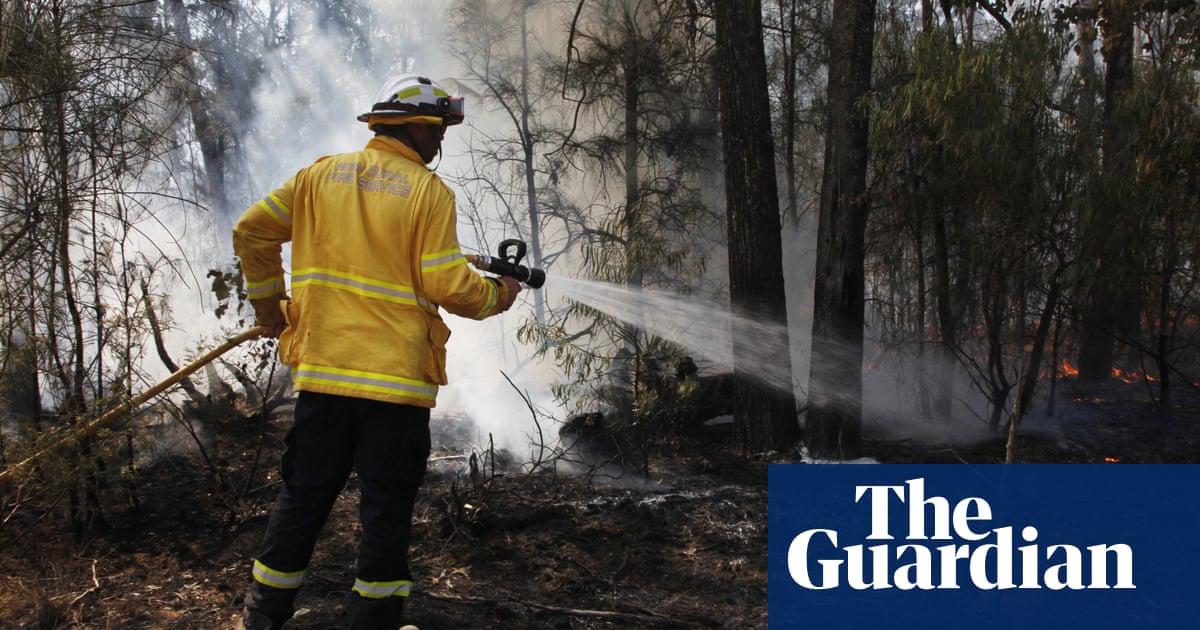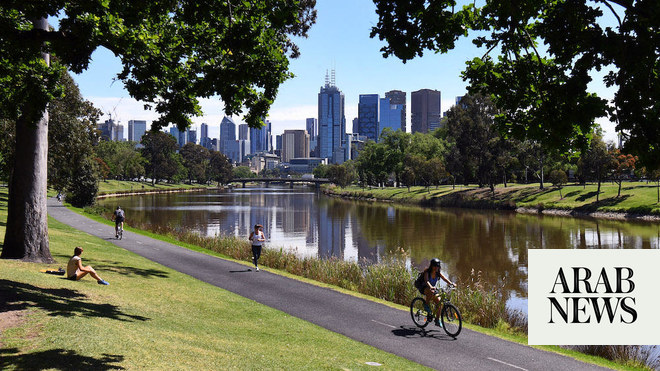
Australia has declared the start of an El Niño weather phenomenon, with a record-breaking September heatwave gripping the south-eastern region that has prompted the country’s first total fire ban in three years. The Bureau of Meteorology reported extreme conditions, particularly prolonged heat, across parts of the continent. New South Wales (NSW) experienced temperatures soaring up to 16C above the September average, with Sydney reaching 34.4C, just shy of the all-time September record. NSW had 61 bushfires, 13 of which remained uncontained owing to forecasted strong winds, resulting in catastrophic fire danger.
El Niño typically leads to droughts in Australia, and the World Meteorological Organization had earlier predicted a 90% likelihood of El Niño conditions developing in the latter half of 2023.
This week, the jet stream took control of the UK’s weather, ushering in a distinct autumnal feel with multiple weather systems delivering heavy rain, strong winds, and overall unsettled conditions. Wales bore the brunt of this weather onslaught, with heavy rainfall leaving hundreds of properties without power on Wednesday. The deluge was the result of a rain band associated with a low-pressure system formed from the remnants of ex-hurricane Lee.
Looking ahead to the weekend, the UK is poised for the arrival of the second ex-hurricane system of the week, Hurricane Nigel, which reached a Category 2 hurricane on the other side of the Atlantic. Nigel is anticipated to track northward, eventually transforming into an extratropical cyclone, settling between the UK and Iceland on Saturday. While this large low-pressure system is expected to exert significant influence on the UK’s weekend weather with heavy rain and blustery winds, especially in western and north-western parts, there remains uncertainty about its exact development.
An aurora, often referred to as the northern Lights in the northern hemisphere, was spotted across eastern and north-eastern parts of England and Scotland on Monday night. The aurora is a natural light display in the Earth’s sky and occurs when charged particles from the sun, primarily electrons and protons, interact with the Earth’s magnetosphere, causing gases in the atmosphere, such as oxygen and nitrogen, to emit dazzling, colourful light. These displays typically manifest as shimmering curtains, arcs, or waves of light in various hues, including green, pink, red, and purple, captivating observers worldwide.












